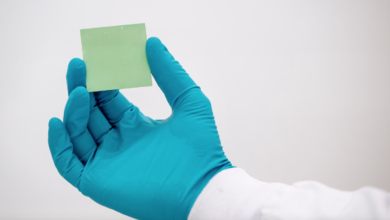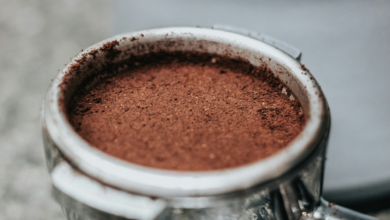PET-like biopolyester created from agricultural waste

A biopolyester born from hemicellulose
(Sustainabilityenvironment.com) – It can be printed or processed as traditional plastic. It resists traction and heat, offering a good barrier to gases. But above all it is biodegradable and recyclable. It is the biopolyester created by scientists of the École Polytechnique Fédérale de Lausanne (EPFL), in Switzerland.
Producing “bio” plastic that can compete with those of petroleum origin is not an easy task. To find a commercial application, it is not enough that the green alternative provides all the technical characteristics necessary for the end-use. It must also be able to be produced easily with existing technologies and at low costs. Giving the possibility to close the circle, that is, allowing its waste to become raw materials again.
Challenging objectives on which the new work of the EPFL has been tested. The researchers, led by Professor Jeremy Luterbacher, have created from lignocellulosic sugars a plastic similar to PET, qualitatively interesting and environmentally friendly. ” We essentially just ‘cook’ wood or other non-edible plant material, such as agricultural wastes, in inexpensive chemicals to produce the plastic precursor in one step,” says Luterbacher. “By keeping the sugar structure intact within the molecular structure of the plastic, the chemistry is much simpler than current alternatives.”
Scientists used glyoxylic acid to “stick sticky groups” on both sides of hemicellulose sugar molecules. It is a complex polysaccharide that together with cellulose and lignin forms the cell walls of plants. The process allows molecules to behave as precursors of plastic. “By using this simple technique, we are able to convert up to 25% of the weight of agricultural waste, or 95% of purified sugar, into plastic“, explains Lorenz Manker, principal author of the study. The obtainable biopolyester has good mechanical, physical and chemical properties that make it usable in applications ranging from food packaging and textiles. Not only. “Although standardized biodegradation studies are still needed, the intrinsically degradable nature of these materials has facilitated their chemical recycling by methanolysis at 64 % C and eventual depolymerization in water at room temperature”.





